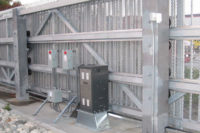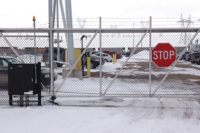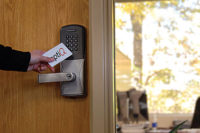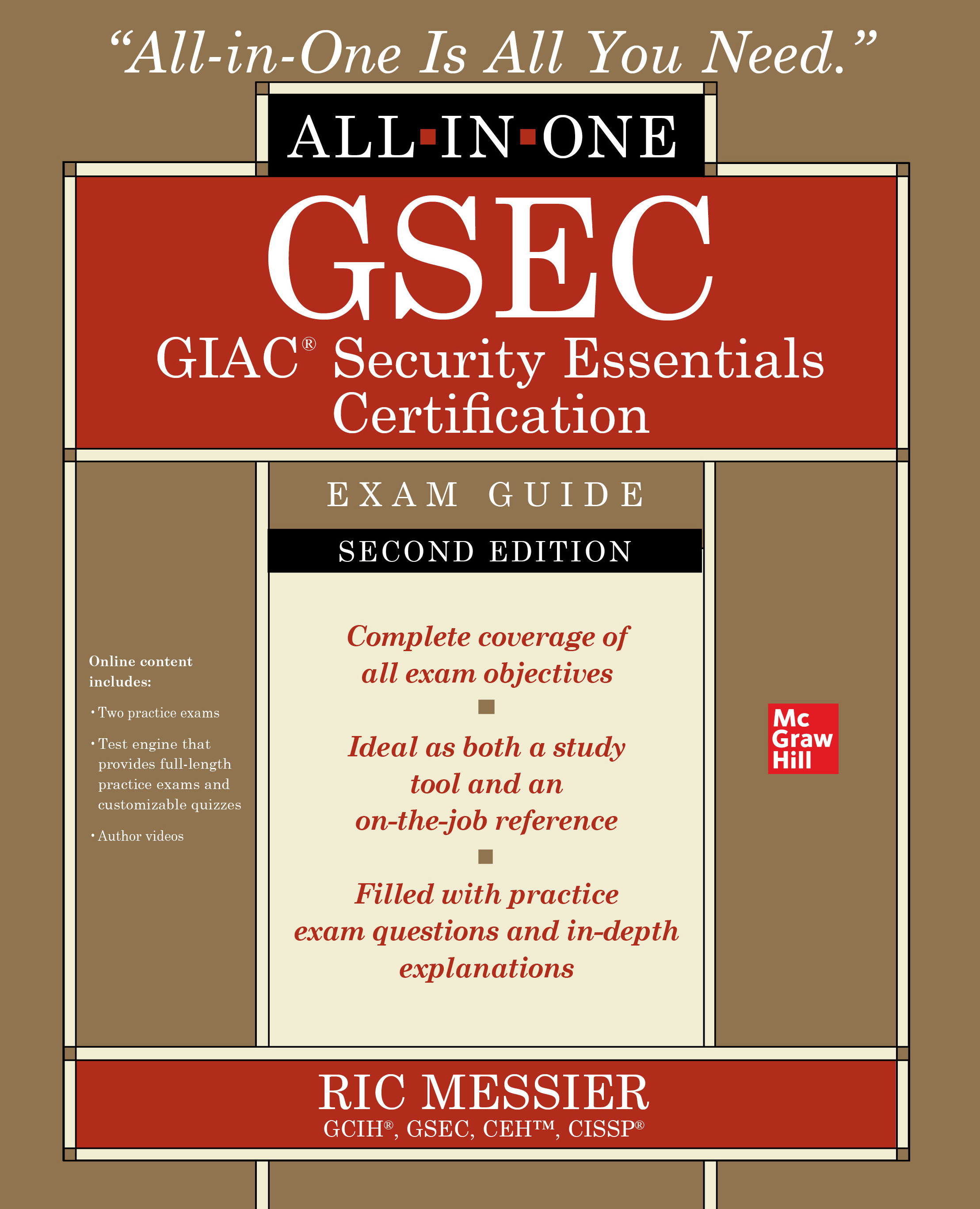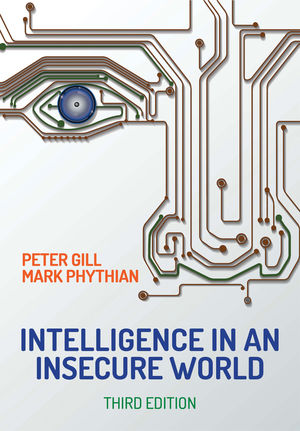When Matthew Petnuch, vice president of sales and marketing, Intertech Security, Pittsburgh, Pa, needed to install access control readers in a pharmaceutical plant, he knew that those readers would have to be chemically washed on a regular basis.
“The readers themselves had to have housings on them that could withstand that kind of treatment,” he says. “We also had to pay special attention to how the reader was sealed to the wall.”
Not all harsh environments are so obvious, however.
“Typically ‘harsh’ for us would include exposure to water, dust, heat, cold and even vandalism,” says Michael Webb, vice president of product development and marketing for ASSA ABLOY EMS Group (Adams Rite, HES, Securitron and Alarm Controls), ASSA ABLOY Phoenix, Phoenix.
“Harsh environments can be anything from just being outdoors in extreme hot or cold or humid environments to high amounts of dust and dirt,” adds Stephen Lewis, senior product manager, Software House, a Tyco Security Products brand, Westford, Mass. “Coastal environments have a different level of humidity and a corrosive environment. A high temperature on one part of the planet might be 100 deg. F for a couple of hours where another might be 120 deg. F and 190 deg. F in the sun for six or seven hours.
“When I was an integrator I worked in Texas and had to install air conditioners in outside enclosures. Having just a box is one thing, but if you are adding electronics the temperature will get so hot it will melt the solder off the board.”
Construction sites prone to dust; indoor applications with harsh chemicals; geographical areas in the frequent path of hurricanes; schools; hospitals — almost any access control installation has the potential to have a “harsh” component to it, which can add a level of complexity to the planning and design phase.
What Integrators Need to Know
“Fortunately for our industry we have a lot of codes and regulations,” Webb says. “There are products designed to meet different codes, including UL, ANSI and BHMA. Each grouping has independent testing. If you pay attention to ratings there are specific ones for outdoor and harsh environments. If a product is not rated for those environments, it will likely have issues.”
Eric Widlitz, managing director – Americas for HID Global, Irvine, Calif., agrees. “It is the norm today that readers have some weather resistance by default. For instance, today’s UL 294 requirements apply to the construction, performance and operation of systems intended to regulate or control entry into a protected area or a restricted area or access to or the use of a device by electrical, electronic or mechanical means. Parts of the standard cover dust and weather resistance so that readers can be installed outside in rain, dust and other environments.”
There are also a few codes that specifically address harsh environments and can clue an integrator into the specific level of heat, particles or water a component is designed to withstand.
“The International Protection (IP) Rating Code classifies the degrees of protection provided against the insertion of solid objects (including body parts like hands and fingers), dust, accidental contact and water in electrical enclosures such as readers,” Widlitz adds. “The standard aims to provide users more detailed information than vague marketing terms such as ‘waterproof.’”
Another important rating is NEMA, which is specific to enclosures, says distributor Paul Sardinas, project manager, system design, The System Depot, Hickory, N.C. NEMA ratings tell how much temperature and corrosion that enclosure is designed to withstand.
“The enclosure could be the box the reader is mounted in, or where media converters or other outdoor equipment are being stored,” Sardinas explains. “Installers need to be mindful both of the environment where they are installing and also where and how they mount the equipment.”
Most manufacturers offer a wide variety of equipment and components that are rated for everything from humidity-controlled indoor environments to complete immersion, large object to tiny dust molecules, and everything in between. It is up to the integrator to know when, where and how to specify equipment with specific ratings. And of course, higher ratings often come at a premium cost.
“The manufacturing process is typically more expensive to have these higher ratings, not only for the product itself but because we have to submit and get approval,” Lewis says. “We have specific products that will meet different levels and those carry IP and NEMA ratings. We have some card readers that are for indoor use only; others have a coating on them for moist environments, but not necessarily direct rain or large amounts of dust and dirt. Then we can go all the way up to a fully potted type reader that can have forced water sprayed on it.”
Potting makes contactless smart card readers good choices for many harsh environment conditions, Widlitz says. “HID Global uses potting material for the majority of its readers, which seal them from any kind of water penetration. Potting completely encases all electronics and stands up well to many harsh outdoor environments. An outer case might get beat up a bit, but the inner electronics are durable. As far as salt and other outdoor environments are concerned, the material HID Global uses is impervious to these elements.”
Designing & Selling ‘Harsh’ Solutions
When it comes to designing a solution for an access control installation that may include a “harsh” environment, there are several things integrators should keep in mind.
“The first consideration is where the end user will be keeping the controller and panels,” Petnuch says. “Are they in a controlled environment or will they need to be put in an enclosure of some sort? Second is the connectivity to the reader or field device, the type of wiring that is needed and if you need to run it through conduit. Then we get to what kinds of conditions actually exist at the reader. Based on these conditions we may recommend one type of field device over another.”
What happens in a facility, room or environment isn’t always obvious, Petnuch adds. Integrators need to ask the right questions of the end user. “We have a series of questions we ask the sales people to answer that helps identify the site. From that, the engineer has an idea of what needs to be in place when the project is being designed.”
One basic question he suggests is, “Tell me what happens in this room.”
“What you are seeing right at that moment may not necessarily be what that environment will always be,” Lewis says. “Ask the right questions. What happens when it rains? Is there ever flooding? Is there any specific industry regulation we need to be aware of?
“An integrator needs to have the expertise to know, even in a common retail or office building environment, that if he is placing a card reader on the front door, if that card reader is now exposed to the environment. Do they need to shield it? Some of these products just won’t last and it is up to the integrator to advise the customer that, although they didn’t require it, this is why you should do it a certain way. And the bid may be higher and this is why. It’s a great selling tool. Good, educated integrators will make those kinds of recommendations.”
Even with the right equipment, harsh environments take planning beyond just what products to buy, adds Joseph Kingma, vice president of Medeco electronic cylinders and group special projects, Medeco Security Locks, Salem, Va. “Recently we did an installation of mounted padlocks at a storage bin in Canada. We mounted them 18 inches off the ground. That is great, except Canada gets more snow than that. It turned out that they were using the electronic keys to scrape the snow off to let themselves in.”
This is a good lesson in the need for “over-designing” for harsh environments.
“A typical rule of thumb is that everything destined for use in a harsh environment needs to be overbuilt,” Widlitz says. “However, it’s important to take a component-by-component approach. Generally it’s good practice to look for equipment that is rated for conditions worse than those where it is being installed.”
While many integrators are familiar with the process, even seasoned professionals can run into situations they haven’t faced before. Many manufacturers and distributors offer specialists to help design systems in these situations. “We encourage integrators to check in with our group to help,” Webb says. “It is our job to look at these situations and recommend products.”
It comes down to common sense in most situations, Petnuch advises. “You have to understand the environment. In some cases we have had to do repairs where a facility used the wrong equipment. ‘A reader is a reader is a reader’ is not always the case. You need to pay attention to that. Any time you deal with environmental issues you run the risk of a part going bad. Use equipment rated for that kind of environment and make sure it is installed properly.”
Hardware Concerns
Access control systems in harsh environments of any kind don’t just involve readers and controllers. The other components — from the wiring to the locks, exit devices and key overrides — have to meet the requirements as well.
“It is important to consider the components that support the reader, including hinges, handles, locks, door switches, contacts and buttons,” says Eric Widlitz, managing director – Americas for HID Global. “The overall access control system is only as impervious to harsh environments as is each of its parts.”
Joseph Vaida, portfolio marketing manager–mechanical, Ingersoll Rand Security Technologies, agrees. “Harsh environments can damage exit devices and other door hardware quickly, whether the abuse comes from salt, water or excessive winds. For these applications, the same hardware that’s used in one place in the facility may not be appropriate for areas that need to fight these harsh conditions. It is imperative that integrators specify door hardware that matches the need of each and every access point.”
In many cases the same types of ratings (IP and NEMA) apply, as do the design considerations.
“Pay attention to the conduit because often that is underground,” says Matthew Petnuch, Intertech Security. “Make sure it is properly sealed and grounded, paying close attention to magnetic fields.”
Another area that may get overlooked is key overrides, Petnuch adds. “A lot of locksets are not rated for outdoor use, so even if it is a keyed cylinder or electric strike or mag lock, make sure it is rated for outdoor use and the proper type of environment.”
Many mechanical products work just fine in certain harsh environments, says Joseph Kingma, vice president of Medeco electronic cylinders and group special projects, Medeco Security Locks. “They don’t do so great with dirt and sand, but they can be flushed out.”
One of the newer developments in locking technology is electronic cylinders that don’t have a keyway to get blocked. The power comes from the key. These can be ideal for situations where icing is a problem, or where the end user must have an audit trail even in the event of a situation where the key override is used.
“An integrator should understand what their customer’s wishes are,” Kingma says. “Do they want an override? If they do and it is mechanical, generally heat, cold and water are all okay. Debris, dust and dirt may be a problem and you will want to protect the cylinder from that. If the customer wants accountability, you should consider an electronic cylinder that has no keyway and no way for water and dirt to infiltrate.”



